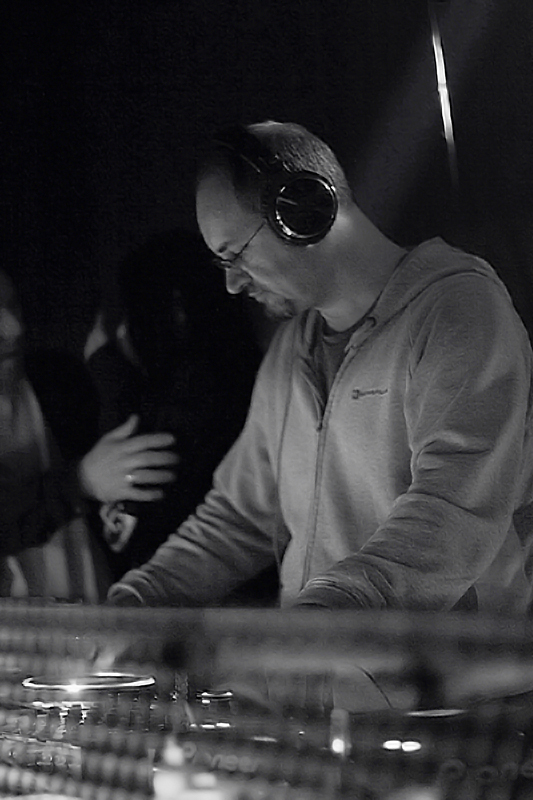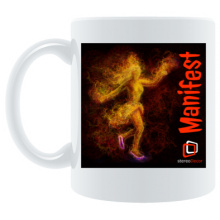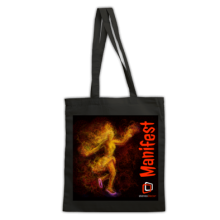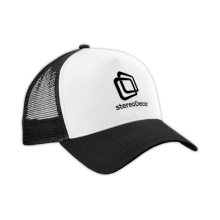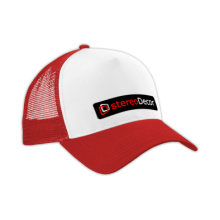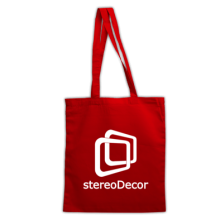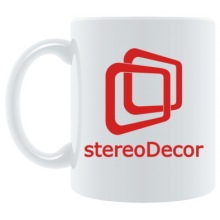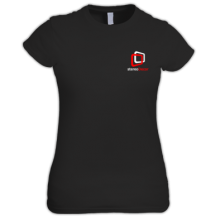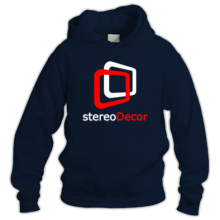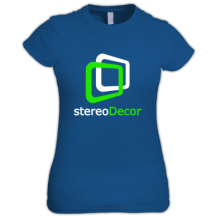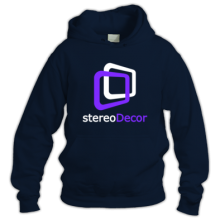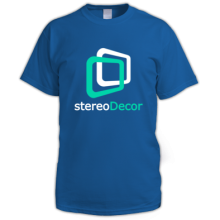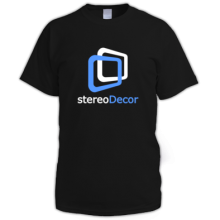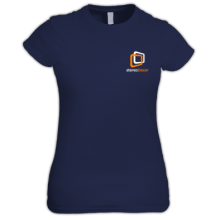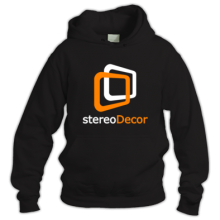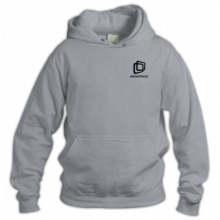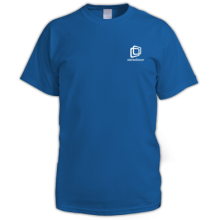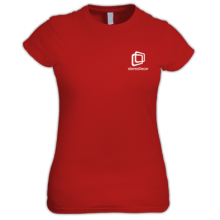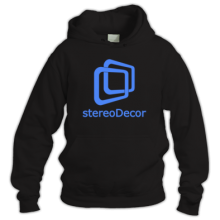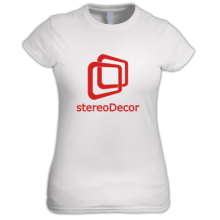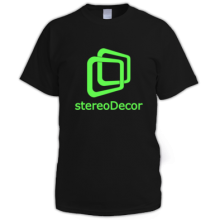stereoDecor: Technical Rider & notes on lighting
Technical Rider
* You can use this text as a template for your own DJ Technical Rider, just adapt it to your needs and put a link to my version, I would be appreciated.
As a responsible person I take measures to ensure that the performance went without unpleasant surprises and the visitors of the event in which I participate as a DJ get positive emotions from their favorite music. That's why I communicate to you in advance my requirements to DJ equipment and all other important matters. Your sound engineer can contact me directly regarding any technical questions.
I perform using DJ equipment provided by the Venue in good working order, properly connected and fully set up, which means I DO NOT bring any turntables, mixing console, DJ controllers, effects processors, monitors or any other loudspeakers. As an experienced audio consultant and a sound engineer myself I can help you to set up / modify / upgrade your venue's sound reinforcement system for a separate fee.
You can be sure that I will use your equipment with care, without applying unnecessary force, and will not put it at risk: I keep liquids away from the mixer and players and don't drop cigarette ashes on them because I don't smoke. I am not addicted to excessive loudness and one of my top priorities is the sound of highest possible quality with minimum distortion. I work in cooperation with your technical staff and never raise the signal levels to red, maintaining gain staging structure set by your sound engineer. I also don't drink alcohol and don't take any other substances that can compromise my attention and self-control.
What I, as a DJ, bring with me:
- Music (in .wav / .flac /.mp3 320 kbps format) on two or three USB flash drives formatted in FAT32 (in case the "Pro-DJ-Link" function on the players is unstable or not working);
- Own headphones (main and spare ones);
- A Cat5E/Cat6 cable and a pair of 2RCA-2RCA cables (just in case);
- A portable recorder and a 2RCA-JackTRS3.5mm cable for recording the performance.
The DJ equipment you need to provide:
In brief: two USB DJ media players and a DJ mixer, a set of monitor speakers of sufficient volume, a sturdy and well-lit table.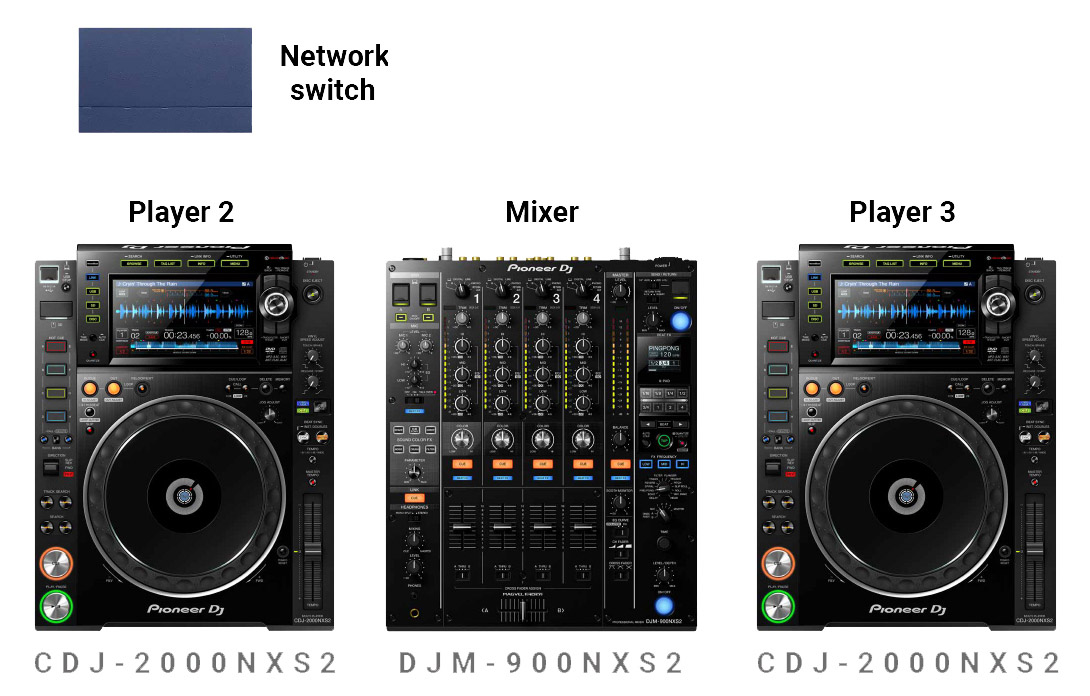
And now some more details:
- Two professional CD/USB media players - Pioneer (models are listed in order of preference) CDJ3000 / CDJ2000NXS2 / CDJ2000NXS / CDJ900NXS / XDJ1000 / XDJ700 / CDJ2000 / CDJ900 - in good working order, with a Firmware updated to the latest stable version. Connected to the DJ mixer with both analogue and digital audio cables (if the mixer has a digital interface). Connected to each other and to the DJ mixer (via Network Switch if necessary) using Cat5E/Cat6 cables to enable Pro-DJ-Link functionality. Can be replaced by similar class players such as Denon Prime SC6000 / SC5000.
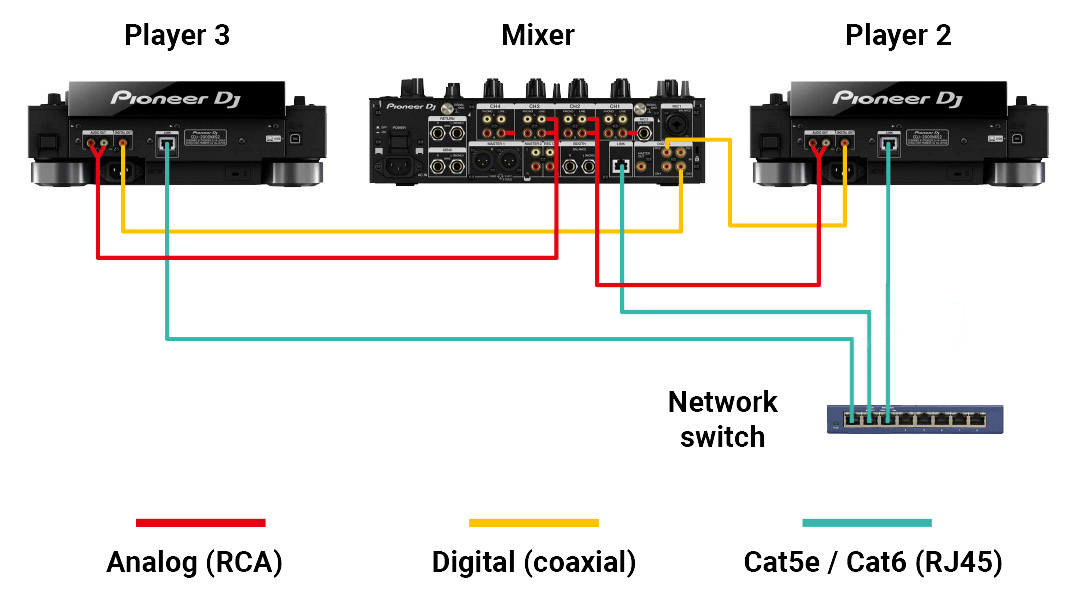
- DJ mixer Pioneer DJM (models are listed in order of preference) 900NXS2 / A9 / V10 / 2000NXS / 900NXS / 2000 / 900 / 850 / 800 with HighPass/LowPass filters on each channel and a possibility of smooth adjustment of Cue/Master ratio IN FULL (0/100% to 100/0%) in headphones. In good working order (including all the faders, crossfader, rotary knobs, switches, buttons and indicators), with Firmware updated to the latest stable version. Exchangeable with prior approval to Allen&Heath X:ONE 96 / DB2 / DB4 / PX5 or any other reliable high quality club mixer with similar overall controls and Cue/Master blend knob (PLAYdifferently, Formula Sound, Denon, Rane). Replacement with Numark, Stanton, Gemini, American DJ, Behringer mixers, etc. - possible, but not desirable. Replacement with Boutique Rotary mixer, such as Bozak or MasterSounds is also possible, but not desirable. A&H X:ONE 92 is no good because of its erroneously implemented Cue/Add Mix function.
- I beatmatch and mix in headphones entirely and do NOT require any DJ booth monitors, but most of the other DJs who are going to play the same night definitely rely on good monitoring speaker system. So, I recommend you to provide a set of DJ booth monitors in stereo: two full-range loudspeakers, in good working order (with all the drivers functioning), complemented with subwoofer(s) if necessary. Located to the left and right of the performer in close proximity (1-1.5 meters), pointing towards ears. Manufacturer brand and speaker type (active or passive) is at the discretion of your sound engineer. The monitoring speaker system should provide the DJ with high-quality sound and enough volume to mask the sound of the main PA system of the venue. It should be connected in such a way that its volume can be controlled from the DJ mixer from the maximum to total silence regardless of the main speakers volume and in a way that minimizes audio latency / audio lag, i.e. without using digital processors/controllers or digital mixers in the monitoring audio circuit (if possible). It is highly undesirable to have just one monitor speaker, in that case please position it on the left hand side of the DJ and make sure it can be easily repositioned to the right side on request (power socket available, audio cable can reach the location).
- In case the volume of the sound from the main PA system at the DJ's workplace (delayed, reverberating and murky) is so high that the monitor speakers cannot mask the main PA sound, I strongly recommend to install transparent Acrylic/Plexiglas Drum Screens 5-6 mm thick in front of the DJ table. If you can't provide such transparent screens, I will ask you to turn down main PA volume a bit.
- The DJ table must be sturdy and resistant to vibration, must not be bouncing from footsteps and from dancing around it. I don't need any extra space on the desk for the additional sound equipment like drum machines, effects processors, or laptops. My portable recorder is very compact (61 × 141 × 26 mm) and is easy to be fitted anywhere.
- Lighting of the working area is a must. It is usually enough to have a couple of low-power table lights providing a steady, unblinking light (white or yellow), evenly illuminating the players and the mixer, so that all inscriptions on them are clearly readable. Monochromatic coloured lighting (clear green, blue, lilac, red light) looks cool, but is totally unsuitable as a work light. A bright light over the performer's head pointing vertically downwards or any light that strikes directly into the eyes is absolutely unacceptable.
Useful notes on highlighting the artist:
Properly designed performer/DJ lighting greatly enhances the spectacularity of the event, the involvement of guests and significantly improves the quality of photo/video and live broadcasts. If you are considering highlighting your artists effectively, follow the common practice of 'three-point lighting', with a slight modification. Point two groups of lights at the DJ, front right and front left, at an angle, not 'in the face' and not horizontally but slightly downwards, so as not to dazzle the DJ. This is your 'Key Light' and 'Fill Light', they usually have different intensities, the first one is brighter.The main thing is that they should not produce any harsh shadows, so they should be equipped with diffusers. Place one or two 'Rim Lights' behind and to the side of the performer, above him/her, so that the outlines of the head and body are sharply and brightly lighted, visually separating the artist from the background for those watching from the dancefloor. Rim Lights can give harsh shadows and can be more intense than 'key' and 'filling' soft lights from the front. If the performer is brightly lit, make sure that the brightness of the work area lighting is sufficient for him/her to work comfortably.
Administrative matters and hospitality:
- Payment schedule: half of the agreed fee one week before the performance, the other half on the day of the performance;
- Venue familiarisation - a few hours before the event or a soundcheck at least an hour in advance;
- You organise and pay for the transfer to and within your city, as well as the transfer back;
- Meals - three times a day, no preferences or specials;
- Drinks during the performance - 0.5 l bottles of still water;
- Your staff makes sure that no one is distracting me during the performance;
- Accommodation: room in decent clean hotel. No hostels, no AirBNB.
Merch Shop:
Check full line of merch at direct.app/stereoDecor

